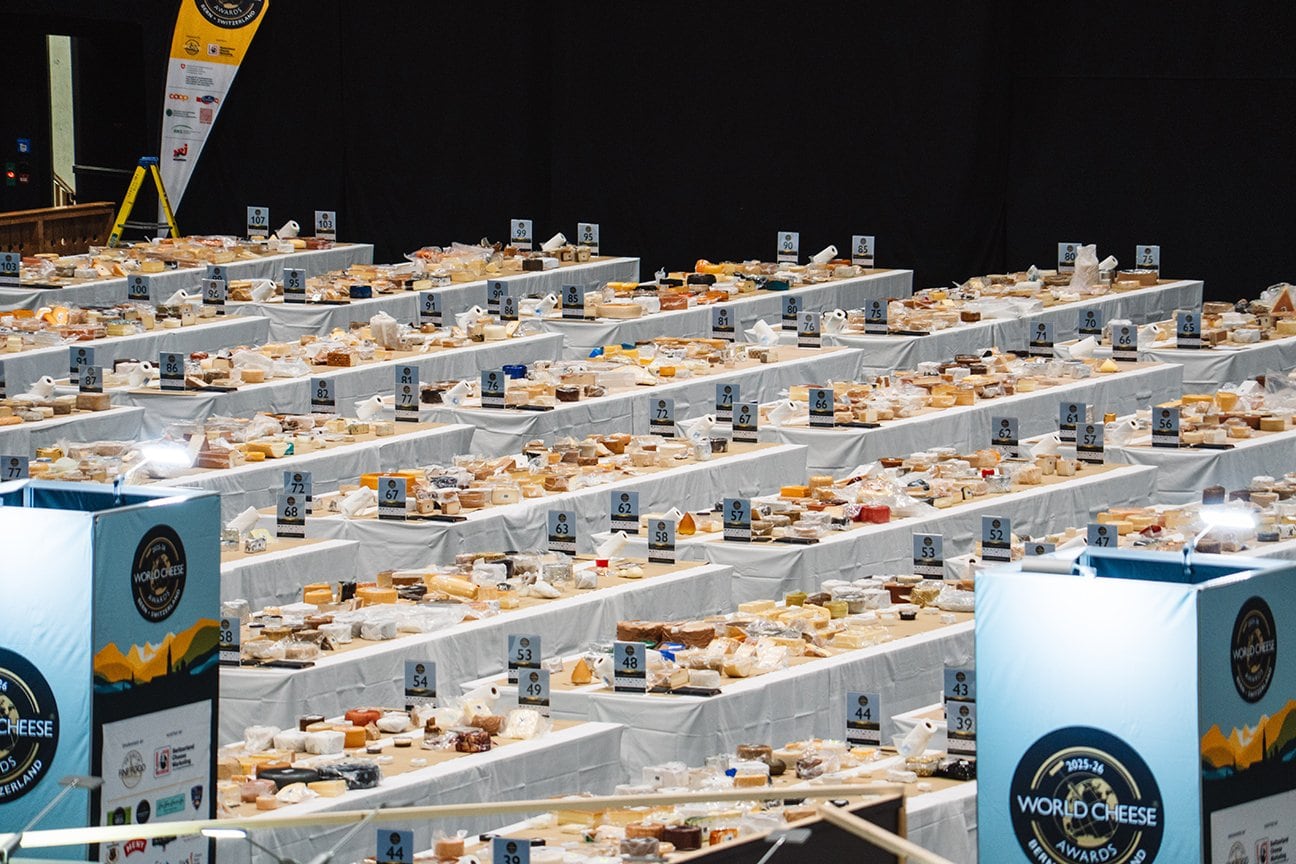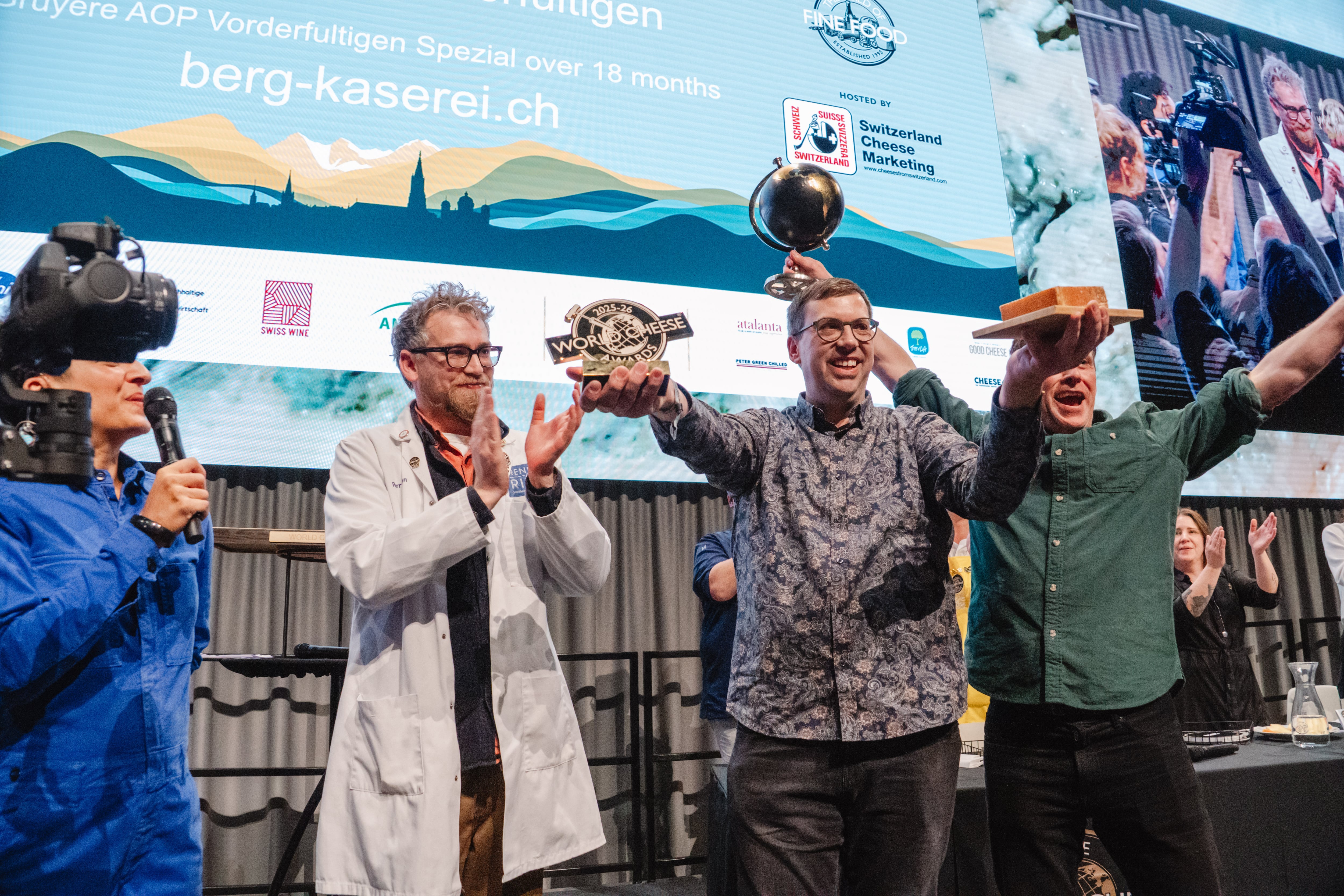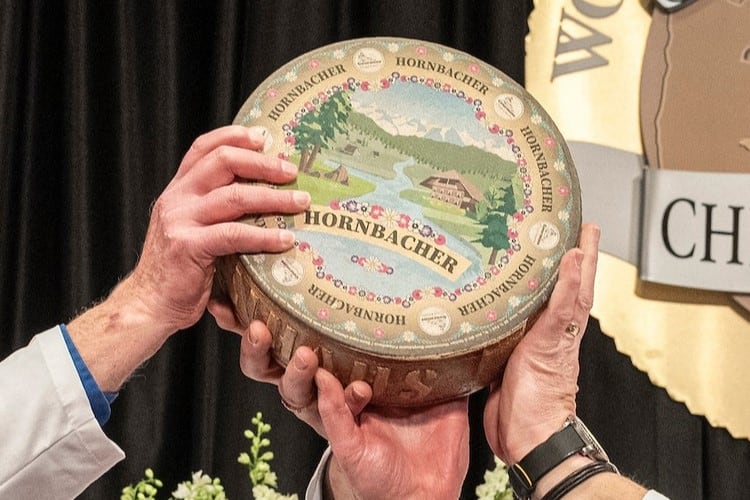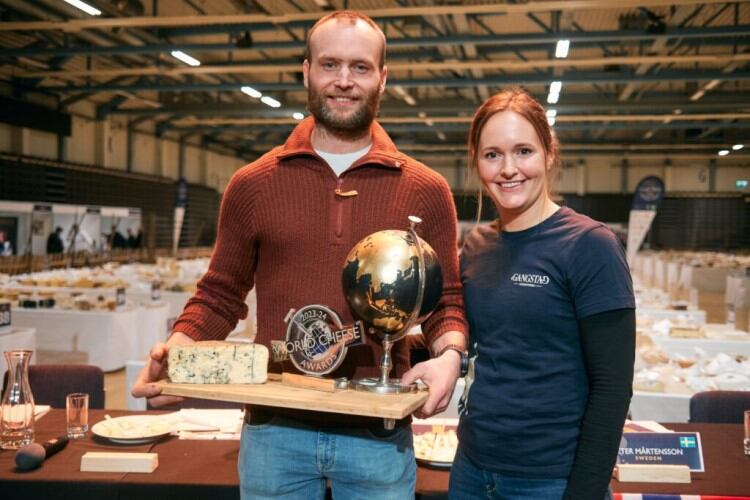The competition took place in Bern, transforming BernEXPO’s Festhalle into a cheese-tasting bonanza that also showcased the region’s traditional dance and music.
The Swiss city was more than a hospitable host to this year’s competition, held November 13-15. Inside the Festhalle, hundreds of teams of judges sniffed, tasted and visually inspected more than 5,200 cheeses to find the best of the bunch - including the world’s best.
Cheeses were awarded Bronze, Silver and Gold medals; then, Super Golds were picked from the Golds, which were further whittled down to 14 finalists. Finally, each cheese was championed by a member of the Super Jury.

Outside the Festhalle was a cheese market stretching through the perimeter of BSC Young Boys stadium and ending ahead of one of the city’s main boulevards. Those looking for an adventure could hop on the ‘fondue tram’ for a short ride while tucking into the classic Swiss sharing dish.
Back inside, visitors could meet cheese and wine producers with stalls inside the Festhalle, or indeed, tuck into a fodue baguette and a glass of red while enjoying performances from local artists – including a choir of cheesemakers.
At 6pm on Thursday, November 13, the world’s best cheese was finally announced. And the champion is . . .

It couldn’t be better news for the Swiss cheese industry as Gruyère AOP Vorderfultigen Spezial 18 Months produced by Bergkäserei Vorderfultige – a cheesemaker based just south of Bern – snatched the World Champion Cheese award.
A mere point separated the champion from second-placed Crémeux des Aldudes aux Fleurs made by Etxaldia in France; while another Swiss cheese – a nine-month Appenzeller Edel-Würzig made by Käserei Ifang – came in third.
This is the sixth time in the competition’s history that a Le Gruyère AOP has won the top gong. Across the top 14, however, cheeses from eight different countries featured, highlighting the global nature of the competition which attracted entries from 46 countries this year.
How does the world’s top cheese taste like? According to the judging panel, the winner has “brothy, umami” flavour and “has a real beefiness to it”.
The winner was nominated into the final 14 by Super Jury member Perry Wakeman of Rennet & Rind. He said he chose it because it was the kind of cheese “that would make people get excited about cheese from all walks of life.”
“Maybe a few people recognise this cheese, but what you know about this cheese – it being brothy and meaty – imagine all that that you’ve had before, and then dialled up to 13.”

“It’s a big old cheese, there’s a lot going on. The texture is beautiful, it’s flinty as you break it apart, the crystalline in there are so delicate. I found myself going back and back again for it.”
“This kind of cheese, in a weird way, is what gets people into cheese. It is massive, it makes an impact, it just feels like anyone who eats it, who’s not one of us, who doesn’t eat cheese all the time just gets excited about it. They want to go back for more and ask who makes it, how it’s made, what goes on with it, and I think that’s what makes this cheese so, so special.”
John Farrand, MD of the Guild of Fine Food, added: “And there you have it: the host country scoops the biggest prize in cheese again. Perhaps it is that our judges are immersed in the terroir of the nation, perhaps it is the simple fact that the cheese has less far to travel, but the reality is that this cheese has won through our multi-layered and robust blind-tasting judging process and ended up achieving the highest score, impressing the Super Jury judges from 14 different nations.”



